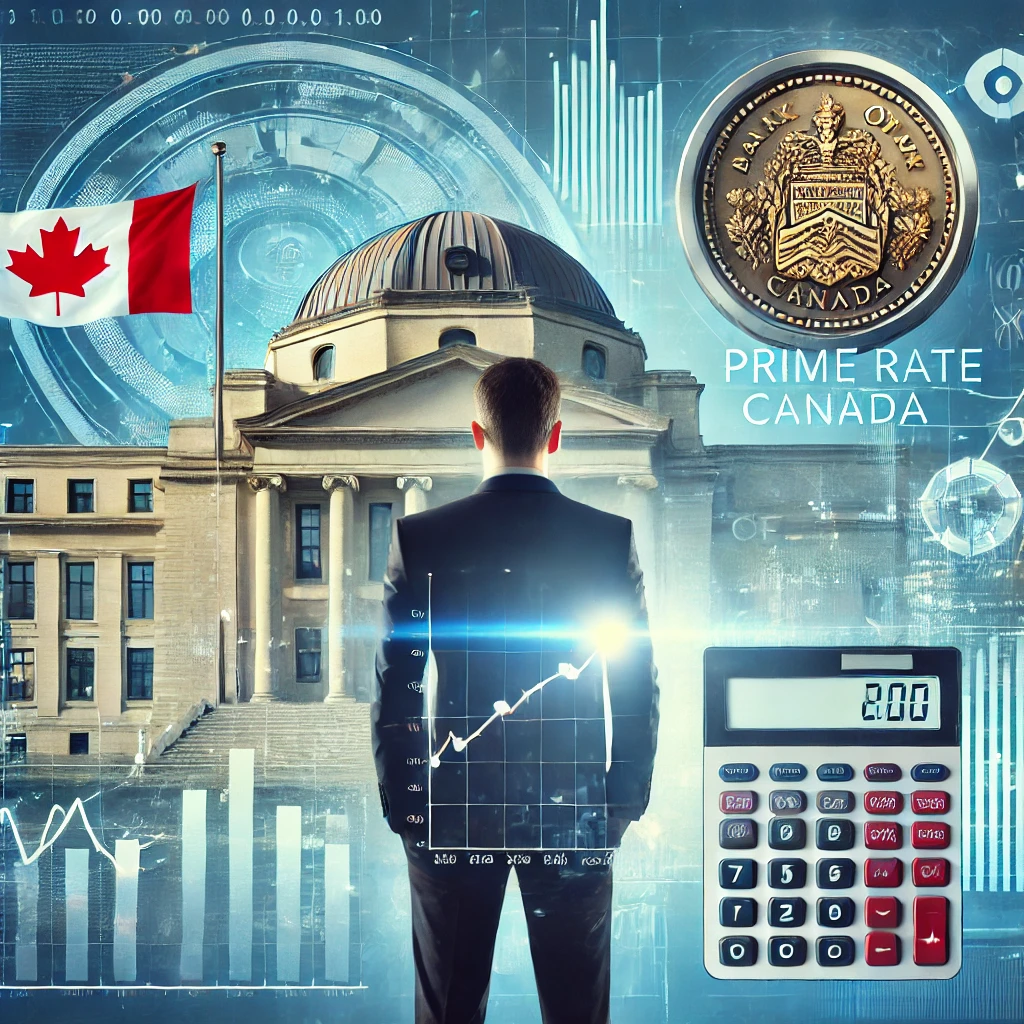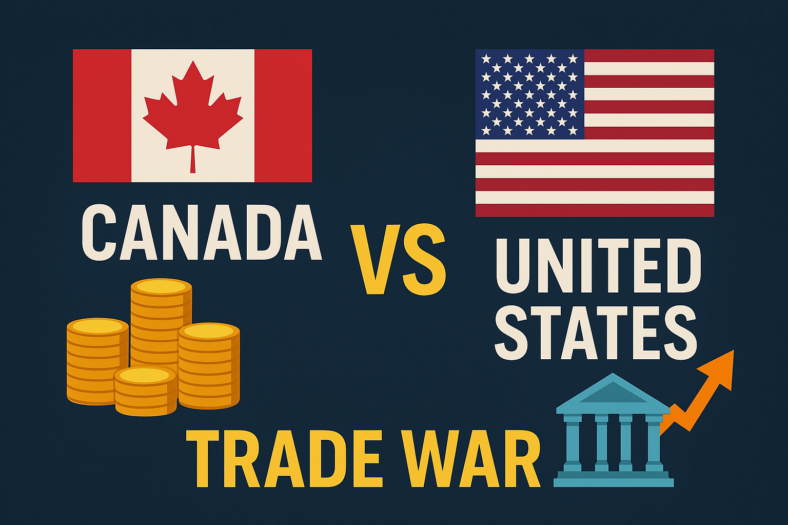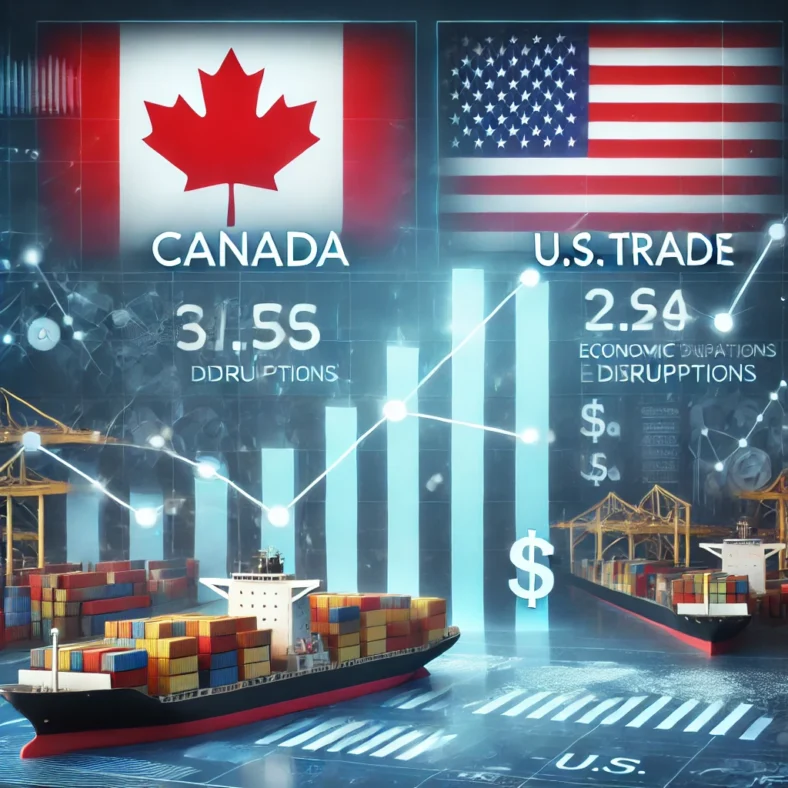Prime Rate Canada: What It Is, How It’s Set
The prime rate in Canada is a fundamental benchmark set by financial institutions to determine the variable interest rates they charge on various lending products, such as mortgages and loans. This rate is closely tied to the Bank of Canada’s overnight rate, which can change several times a year.
What is the Prime Rate?
Often referred to as the prime lending rate, the prime rate is the interest rate established by major Canadian financial institutions, like the Big Six banks. While each bank may set its own prime rate, these rates are typically uniform across major banks. The prime rate is influenced by the Bank of Canada’s policy interest rate, the average interest rate for one-day loans between financial institutions. When the Bank of Canada raises its benchmark overnight rate, it becomes more expensive for banks to borrow and lend money, leading to adjustments in the prime rate.
How Does the Prime Rate Work?
The prime rate serves as the baseline for the interest rates that lenders charge for certain types of loans, including variable-rate mortgages, car loans, home equity lines of credit (HELOCs), and unsecured lines of credit. Generally, borrowers don’t pay the prime rate itself but rather a rate that is the prime rate plus or minus a certain percentage. The exact rate offered to a borrower depends on several factors, including the borrower’s credit score, the amount being borrowed, and whether the loan is secured or unsecured.
How Often Does the Prime Rate Change in Canada?
The prime rate in Canada has the potential to change up to eight times a year, aligning with the Bank of Canada’s fixed schedule of policy interest rate announcements. For example, in 2022, the prime rate was adjusted seven times following announcements from the Bank of Canada.
Where to Find the Daily Prime Rate Online
The Bank of Canada’s website is a reliable source for the current prime rate, providing a daily digest that includes the overnight rate and other financial information such as Government of Canada bond yields and exchange rates. Additionally, major financial institutions post their current prime rates on their websites, often on pages dedicated to borrowing products.
Current Prime Rate in Canada
As of July 24, 2024, the prime rate in Canada is 6.70%, following a reduction in the Bank of Canada’s overnight rate to 4.50%. This change prompted most major banks, including the Royal Bank of Canada and TD Bank, to adjust their prime rates accordingly.
History of the Prime Rate in Canada
The prime rate in Canada has seen significant fluctuations over the years. It reached a record high of 22.75% in 1981 and fell to a low of 2.25% in 2009. From 2020 to June 2024, the average prime rate ranged between 2.45% and 7.20%. In March 2020, in response to the economic impact of the COVID-19 pandemic, the Bank of Canada lowered the target overnight rate to 0.25%, leading financial institutions to reduce the prime rate to 2.45%. This rate remained unchanged until March 2022. Throughout 2023, the prime rate was adjusted three times, increasing from 6.70% in January to 7.20% in July, before a slight decrease to 6.95% in June 2024.
Impact of the Prime Rate on Borrowing
The prime rate directly affects the interest rates that lenders charge for various loans and lending products.
Variable-Rate Loans
For variable-rate loans, such as certain types of mortgages and car loans, the interest rate is tied to the prime rate. When the prime rate changes, the interest rate on these loans adjusts accordingly. If the prime rate increases, your monthly payment may not necessarily go up, but a larger portion of your payment might go toward interest rather than the principal, potentially extending the repayment period.
Lines of Credit
Lines of credit, including HELOCs, are also impacted by changes in the prime rate. An increase in the prime rate can lead to higher interest rates on the outstanding balance, resulting in higher monthly interest payments. This applies to both secured and unsecured lines of credit.
Credit Cards
While many credit cards have fixed interest rates, some link their rates to the prime rate. These cards charge variable rates often described as “prime plus” a certain percentage, depending on the cardholder’s credit rating. When the prime rate increases, the interest rate on outstanding balances for these cards also rises.
The prime rate is a benchmark interest rate set by Canadian financial institutions. It’s used to determine variable interest rates on loans and mortgages.
The prime rate can change up to eight times a year based on adjustments to the Bank of Canada’s overnight rate.
The primary factor influencing the prime rate is the Bank of Canada’s overnight rate. Economic conditions and inflation also play a role.
If you have a variable-rate mortgage, changes in the prime rate directly impact your interest rate and monthly payments. A prime rate increase will typically lead to higher mortgage payments.
Some credit cards have variable interest rates linked to the prime rate. If your credit card’s rate is variable, an increase in the prime rate will result in higher interest charges on your balance.
You can find the current prime rate on the websites of major Canadian banks or by checking the Bank of Canada’s daily digest.
No, the prime rate can both increase and decrease. It depends on economic conditions and the Bank of Canada’s monetary policy decisions.




















